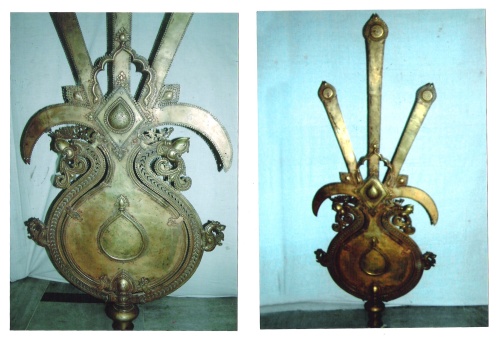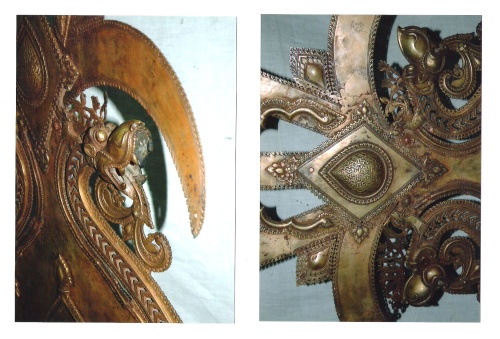Update September 2016: Indian media report that a temple thief who worked for Deena Dayalan has been accused of murdering a fellow thief after a dispute over 13 idols they took from a temple in 2005.
In a series of aggressive police raids over the past month, Indian authorities have disrupted a large network of alleged thieves and smugglers that for decades has plundered ancient temples from Chennai to Mumbai to supply the international art market.
The raids started on May 31st with the arrest of three men at a Chennai warehouse (or godown, in the Indian parlance). The men were employees of an 84-year old art dealer named Deena Dayalan, who has operated a Chennai art gallery since 1965. Indian and American authorities believe Dayalan has long been a major player in the theft and smuggling of antiquities from South India.

Deena Dayalan, via Indian Express
Dayalan disappeared after the raid, but turned himself in a few days later. He is said to have confessed during an interrogation and listed his associates and storage facilities across India. Subsequent raids on his properties uncovered hundreds of artifacts, including 49 bronzes, 71 stone carvings and 96 paintings and hundreds of smaller objects including ivory and wood carvings, lamps, figurines and ornamental pillars.
As reported by Frontline, The Hindu newspaper’s weekly magazine, policemen entering Dayalan’s house were stunned by the scope of his haul:
“It looked like a temple,” one investigator told Frontline. “Besides the idols and artefacts, there were pamphlets and books on temple idols and archtecture. The pillars of his house could be from some old temples. There were wooden sculptures and two elephant heads at the entrance,” said an officer.

The raid was not Dayalan’s first run-in with the law. Frontline reported the dealer was accused of being behind the 2005 break-in at the ancient Sri Narum Poonathar Temple at Paluvoor village in Tirunelveli, where 13 bronze idols were stolen. After the theft, an accomplice was murdered in a dispute over efforts to extract gold from two-and-a-half-foot bronze Nataraja, which was sawn in half in the process. Dayalan was released on bail, and the case is on-going.
UPDATE 7/4/16: The Tamil Nadu Idol Wing has seized 200 objects from Lakshmi Narayanan, an associate of Dayalan. Authorities found 56 were metal idols, 103 stone idols, and 47 temple vahanas (decorative platforms used to carry the deity in processions), The Hindu reports. Narayanan was arrested and will face charges of idol theft.
 The police raids have now spread beyond Tamil Nadu are likely to continue in the coming weeks that authorities unravel the smuggling network and sort through voluminous evidence. Authorities have identified the courier service that Dayalan used to transport objects within India and seized his laptop, a desktop computer and storage drives. He allegedly labeled his stolen artifacts as modern handicrafts before they were smuggled out of India through Mumbai, where an unnamed “boss” in the illicit trade remains at large.
The police raids have now spread beyond Tamil Nadu are likely to continue in the coming weeks that authorities unravel the smuggling network and sort through voluminous evidence. Authorities have identified the courier service that Dayalan used to transport objects within India and seized his laptop, a desktop computer and storage drives. He allegedly labeled his stolen artifacts as modern handicrafts before they were smuggled out of India through Mumbai, where an unnamed “boss” in the illicit trade remains at large.
The investigation promises to give investigators what one Indian paper called “a glimpse of the man’s murky business with several smuggling cartels across the globe.” As The Hindu noted in an editorial, “The meticulously organised nature of this shadowy business hints at the deep and vast network of idol thieves who have plied their trade across not only Tamil Nadu but numerous other Indian States and even broader territories of South and South East Asia.”
The Kapoor Link
 Investigators are still looking for links between Dayalan and one of his prominent American clients: Subhash Kapoor, the Manhattan antiquities dealer now standing trial in India for selling stolen antiquities to museums around the world. “We have not got clinching evidence to prove [his] link with the international idol smuggler Subhash Kapoor,” one investigator told the Times of India.
Investigators are still looking for links between Dayalan and one of his prominent American clients: Subhash Kapoor, the Manhattan antiquities dealer now standing trial in India for selling stolen antiquities to museums around the world. “We have not got clinching evidence to prove [his] link with the international idol smuggler Subhash Kapoor,” one investigator told the Times of India.
We can help: The following document links Dhayalan to Kapoor and hints at the extensive business relationship they are believed to have had.

The document records Dayalan’s 2007 request for a payment of USD $11,400 from Kapoor’s Nimbus Import & Export through Selva Export, one of the Chennai export companies they used to transport artifacts. It is still unclear whether that amount was paid, what object(s) were purchased for the sum, and where those objects are today.
 But authorities have already identified Dayalan as the source of one stolen Kapoor object that has already been returned to India: The Art Gallery of New South Wales‘ sculpture of Ardhanarishvara, whose origins we revealed in 2013.
But authorities have already identified Dayalan as the source of one stolen Kapoor object that has already been returned to India: The Art Gallery of New South Wales‘ sculpture of Ardhanarishvara, whose origins we revealed in 2013.
The AGNSW purchased the sculpture for $300,000 after Kapoor provided documents claiming it had left India in the 1970s. But Vijay Kumar of the India Pride Project identified images that showed the sculpture in situ at the Vriddhachalam temple at least four years after 1970. A subsequent police investigation concluded it had been stolen in 2002 by Dayalan and replaced by a knockoff that villagers continued to worship.
Dayalan is believed to have supplied Kapoor with a number of objects from South India.
As Michaela Boland reported Sunday in The Australian, Dayalan is believed to have supplied Kapoor with two other objects that landed in the National Gallery of Australia: an 1800-year-old limestone carving depicting a scene from the life of Buddha, and a 1000-year-old stone goddess Pratyangira, purchased together from Kapoor in 2005 for $1.5 million. 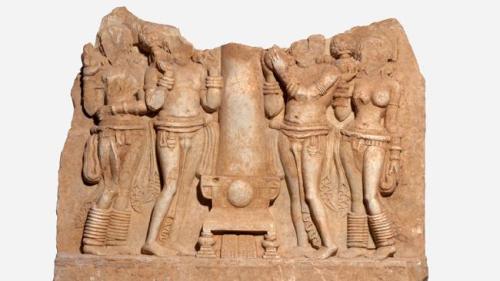
Kapoor told the museum the sculpture of the Buddha’s life had been in a private Japanese collection until 1999. But this photo, found in Kapoor’s archives, shows the unrestored sculpture above soon after it was stolen by thieves:

A similar tale emerges on the NGA’s Pratyangira. Kapoor claimed it had been in the collection of Selina Mohamed (his onetime girlfriend) since 1990. But photos and records found in Kapoor’s files show the Pratyangira was still in Mumbai, India in 2002.
Below at left we see the NGA’s Pratyangira as offered in a Kapoor catalog, and at right the same sculpture before it left India. Note the identical missing segments from the figure’s left elbow.


Amaravati Objects
Investigators believe Dayalan may have been behind looting of material from Amaravati, an important archeological site in Andhra Pradesh, where Dayalan grew up. Items seized from his warehouses include Amaravati architectural fragments.

Dayalan may well have been the source of Amaravati fragments that Kapoor sold to the Asian Civilizations Museum in Singapore.

As we wrote in 2014, Kapoor sold the ACM a 3rd Century limestone fragment from Amaravati in October 1997 for $22,500. His accompanying description suggests he had detailed knowledge of the find spot:
“Examples from the Amaravait stuppa are extremely rare to find,” he wrote. “This particular piece does not come from the stuppa proper, but from the outer rail copings that surrounded the stuppa. It is an exceptional example in both its size and in its illustrative qualities…The iconography of this fragment makes this a most interesting piece from the Amaravati area.”
Long Time Coming
The Indian raids are long overdue. Records show American authorities provided detailed evidence about Kapoor’s Indian suppliers as far back as 2014. India’s failure to act on those leads, despite repeated urging from American authorities and others, has been one of several troubling signs in the long delayed criminal trial of Kapoor.
As Kumar recounted in an article about the investigation by ICE U.S. Special Agent Brent Easter: “For too long the red tape of Indian Bureaucracy and the ill equipped custodians have sent him on wild goose chases – including multiple weeks in hot and sultry India, with promises of arrests of the bad guys. Frustrating, when he has done all the hard work and with irrefutable proof of the bad guys shipping documents, email exchanges and bank transfers to see the patchy attempts in delaying and letting the actual crooks off the hook.”
It is likely no coincidence that the Indian raids were launched just days before U.S. Attorney General Loretta Lynch announced the return of 200 looted antiquities to India during the state visit of Prime Minister Narendra Modi. The returns, many of which had been seized from Kapoor or his clients, may have been used as leverage with India to ensure Kapoor’s suppliers were nabbed. (On the right below is the Toledo Ganesh, which Kumar first revealed as looted in a 2013 post.)

The raids have also underscored the need to expand India’s domestic enforcement efforts. The country’s only dedicated art police is the Tamil Nadu idol wing, led by Inspector General A G Pon Manickavel, is now chasing leads across India and international borders. The country desperately needs to develop a national police force dedicated to protecting its oft-purloined cultural heritage.
Government agencies should also work more closely with civil society groups like Kumar’s India Pride Project, which has worked tirelessly over the past years to identify stolen antiquities and bring them home, often while cajoling government officials to do more.
The willingness of Indian officials to crack down on the illicit antiquities trade within their borders will be measured largely by the aggressiveness with which they chase the leads they have gathered from Deena Dhayalan.













 When The Hindu informed local authorities about the theft, the case was immediately referred to the
When The Hindu informed local authorities about the theft, the case was immediately referred to the 
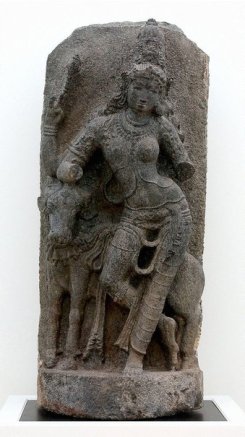



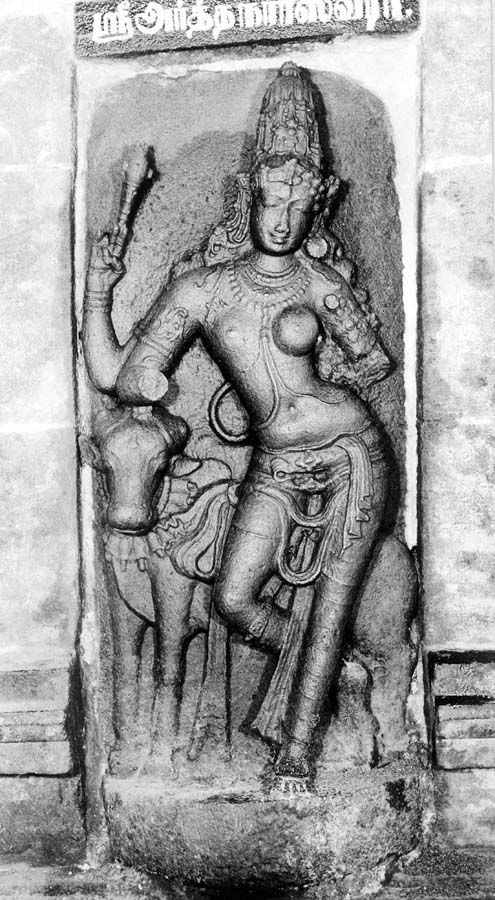
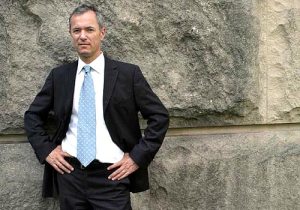
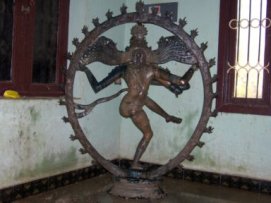


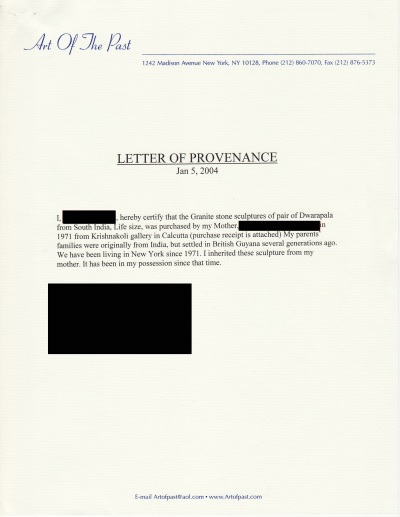



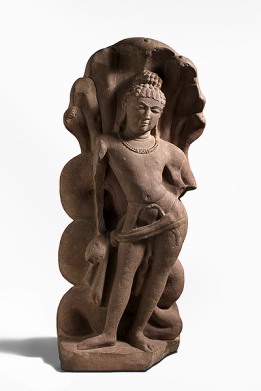




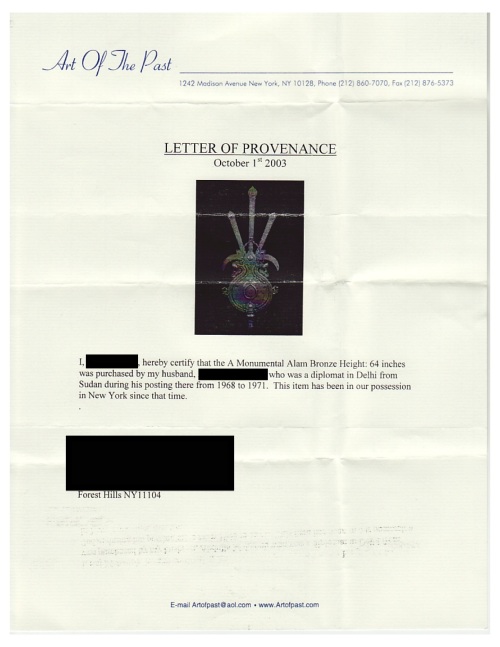 Digital images allegedly sent to Kapoor by smugglers, however, suggest it was in India in 2006.
Digital images allegedly sent to Kapoor by smugglers, however, suggest it was in India in 2006.